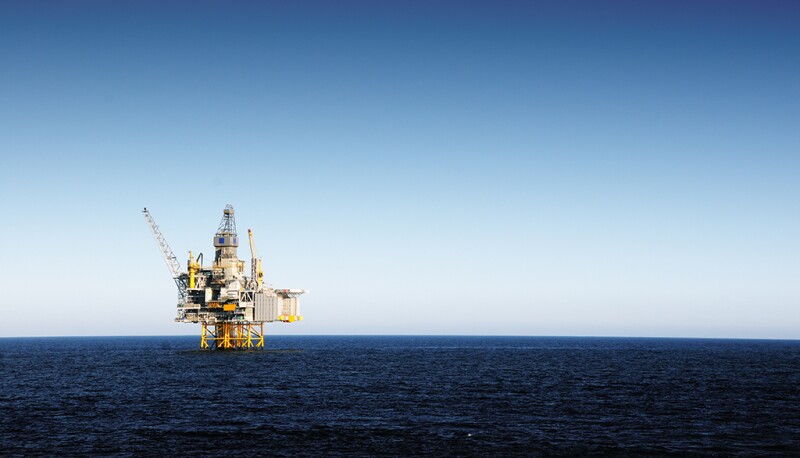This paper presents predicted vs. measured wear for six wells in the Culzean field, a high-pressure/high-temperature (HP/HT) gas condensate field in the central North Sea. The focus of the complete paper is on the monitoring and analyzing process, particularly how to use offset data to improve accuracy of casing-wear prediction.
Field and Well Background
Wells in the Culzean field are quite deep, with a measured depth (MD) of 15,000–16,500 ft, and are J-shaped with a slight sail angle (inclination 30–40°). These features result in significant tension loads at the buildup and, potentially, at unplanned curvatures in the vertical section. Combined with possibly high rotating hours, these factors create a considerable risk of high casing wear.
Additionally, a challenging pressure regime is present.


